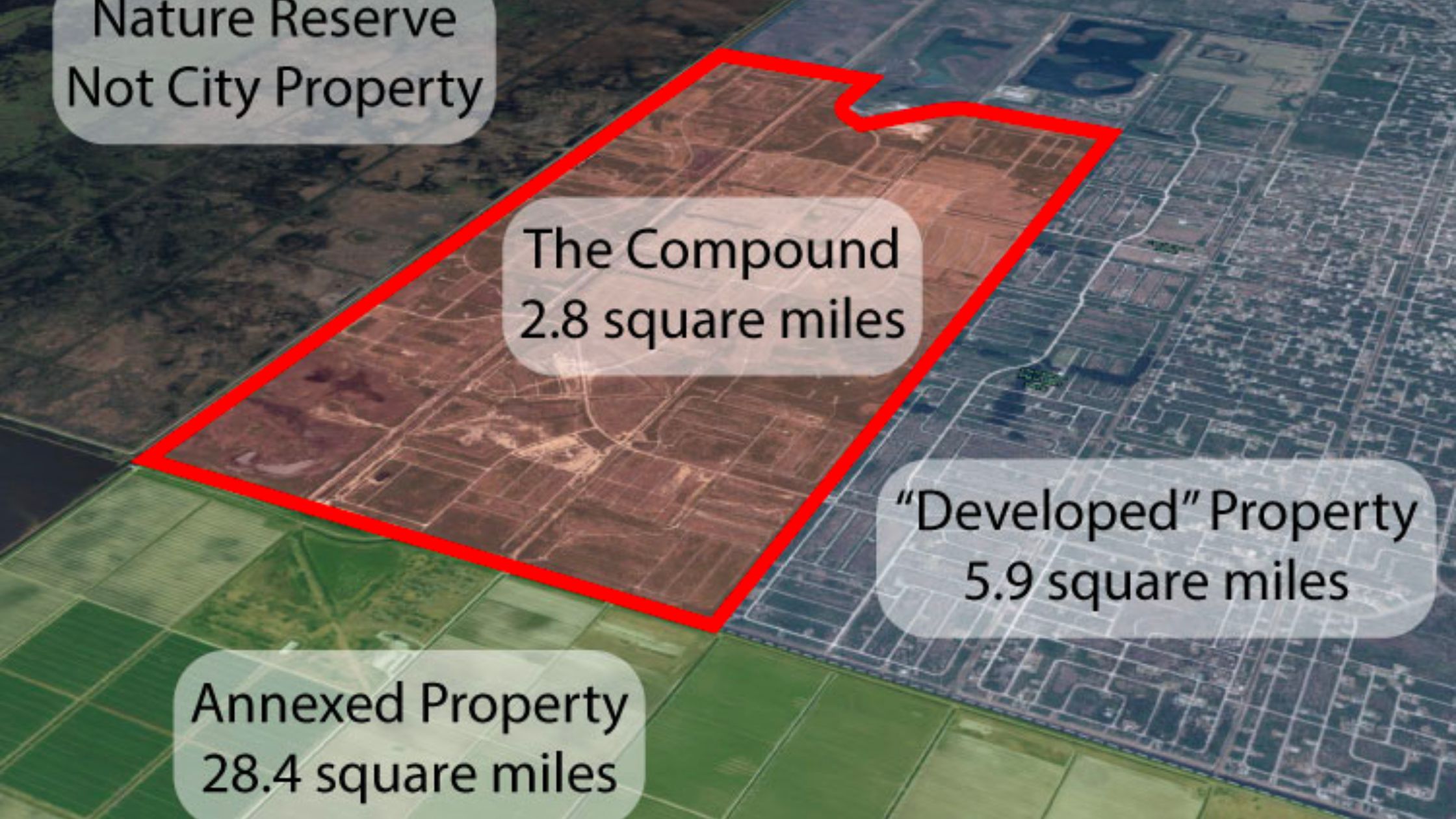
NASA’s ambitious Artemis program, a cornerstone of the agency’s lunar exploration and Mars preparation efforts, has recently announced schedule adjustments for its upcoming Artemis II and III missions. This article delves into the reasons behind these delays and the implications for the future of space exploration.
Artemis II and III: Revised Timelines
NASA has pushed back the launch of Artemis II to September 2025 and Artemis III to September 2026. Artemis II, the first crewed mission of the program, will orbit the Moon, testing critical systems aboard the Orion spacecraft. The Artemis III mission, following a year later, aims to land the first astronauts near the lunar South Pole, including the first woman and the first person of color on the Moon. Despite these delays, Artemis IV, scheduled for 2028 to journey to the Gateway lunar space station, remains on track.
Crew Safety: A Paramount Concern
The primary reason for the rescheduling is to ensure the utmost safety of the crew. NASA Administrator Bill Nelson emphasized this, stating, “the safety of our astronauts is NASA’s top priority as we prepare for future Artemis missions.” The complex nature of these missions requires rigorous testing and resolution of any issues, such as the current focus on a battery problem and a circuitry component related to air ventilation and temperature control.

Lessons from Artemis I
NASA’s investigation into the unexpected loss of char layer pieces from Artemis I’s heat shield is ongoing, with conclusions expected this spring. This methodical approach to understanding and addressing issues sets a precedent for the meticulous preparation required for crewed missions.
Technical Hurdles: The Core of the Delays
One of the primary reasons for the delay is the troubleshooting of persistent issues related to the Space Launch System (SLS). Leaks in the fuel lines, specifically those feeding liquid hydrogen to the SLS rocket, have been a significant concern. These technical hiccups necessitate careful assessment and resolution to ensure the safety and success of the missions.
Integration and Partnership Challenges
The updated schedule reflects not only the lessons from Artemis I but also the developmental challenges faced by NASA’s industry partners, including SpaceX, responsible for the human landing system, and Axiom Space, working on next-generation spacesuits. These adjustments provide these partners with additional time for testing and refinement.
A Focus on Long-term Exploration
Associate Administrator Catherine Koerner highlighted the program’s long-term vision: “We are returning to the Moon in a way we never have before… Artemis represents what we can accomplish as a nation – and as a global coalition.” The Artemis program is not just about lunar exploration but also about laying the groundwork for future human missions to Mars.
The Role of Commercial Partners
NASA has tasked its commercial partners, SpaceX and Blue Origin, with applying their knowledge towards future variations of their systems to potentially deliver large cargo on later missions. This collaboration underlines the importance of private-public partnerships in advancing space exploration.
Continuous Assessment and Adaptation
NASA continually assesses progress and timelines to ensure the successful accomplishment of its Moon to Mars exploration goals. The agency emphasizes the importance of all partners delivering on time to maximize the objectives of each mission.
Artemis: A Gateway to Deep Space Exploration
With Artemis, NASA aims to explore more of the Moon than ever before, learn how to live and work in space, and prepare for human exploration of Mars. The program’s foundation includes the SLS rocket, exploration ground systems, Orion spacecraft, human landing system, next-generation spacesuits, Gateway lunar space station, and future rovers.
The adjustments in the Artemis program’s timeline reflect NASA’s commitment to safety, precision, and the long-term success of lunar and Martian exploration. As NASA prepares for these groundbreaking missions, the world watches with anticipation, ready to witness new chapters in human space exploration.
For more information about the Artemis program, visit NASA’s Artemis page.






